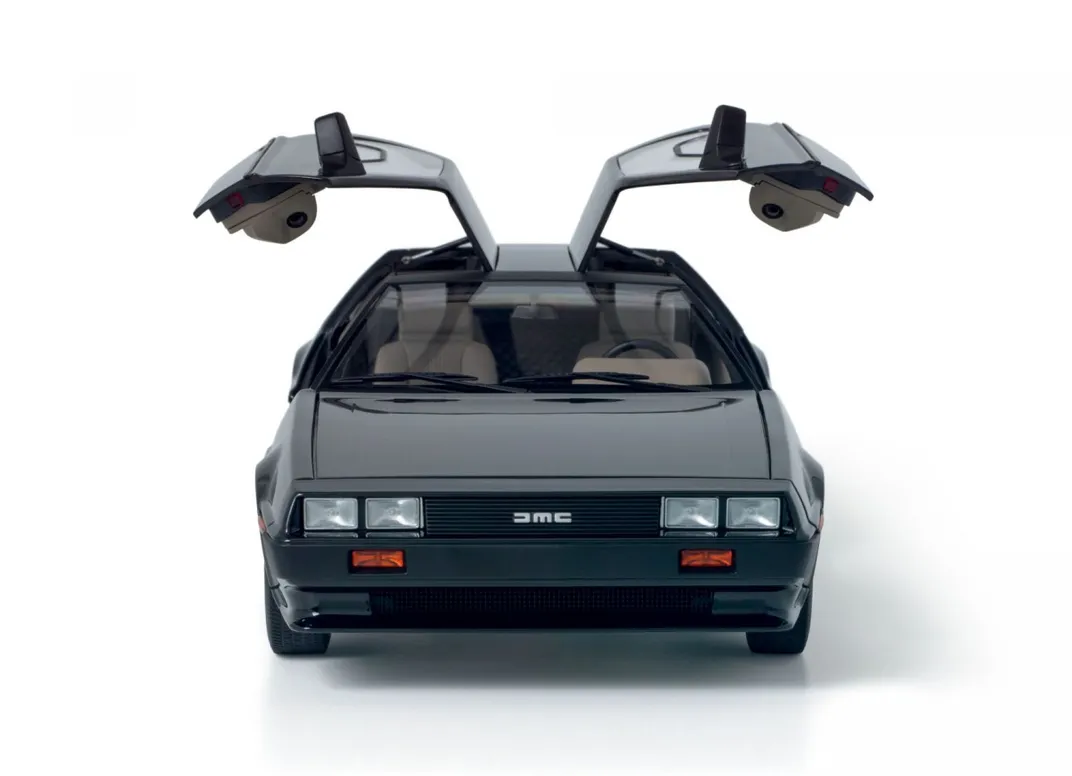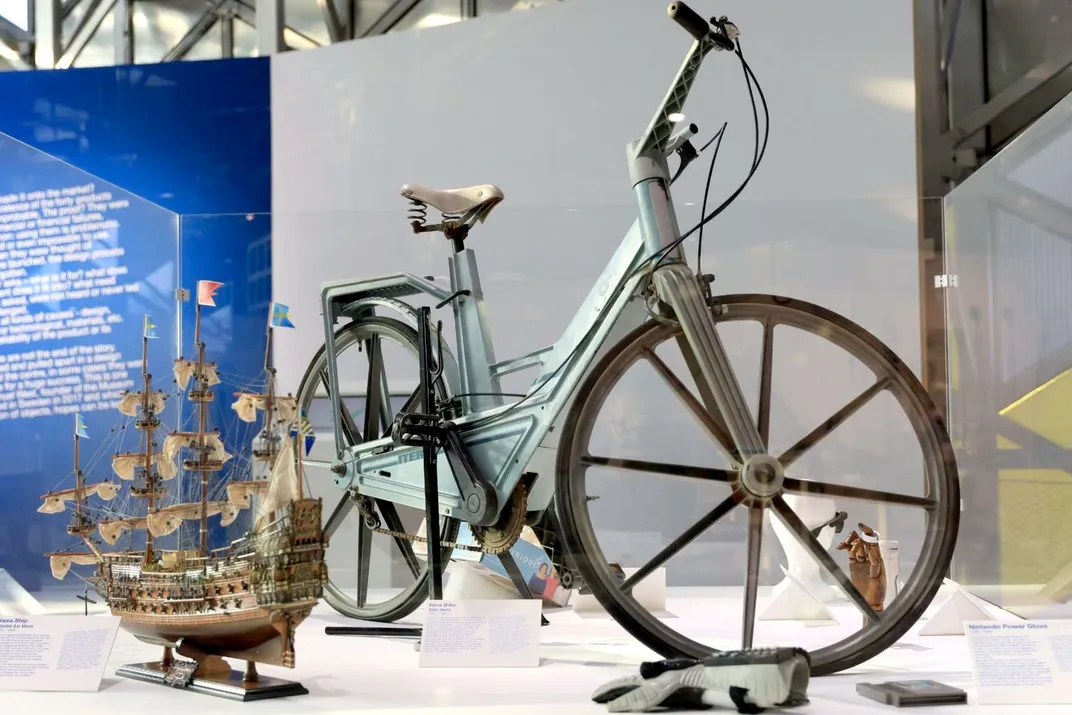Take a Virtual Tour of Failed Designs, From the DeLorean to Google Glass
An online exhibition showcases 40 creative flops, including a curvy ping-pong table and a doll dubbed Little Miss No-Name
:focal(594x285:595x286)/https://tf-cmsv2-smithsonianmag-media.s3.amazonaws.com/filer/f9/2a/f92a7b6a-0a58-4d03-a7b9-fb8b4f657ebb/twin_champagne_glass.jpg)
For many, the past year has been filled with lessons in what happens when life doesn’t work out as planned. Now, reports Jim O’Hagen for Euronews, a virtual exhibition is here to help pandemic-weary people feel less alone in experiencing setbacks.
On view at the Cité du Design in Saint-Etienne, France, “When Design Flops” is dedicated to the impractical, unnecessary and awkward. The show spotlights 40 objects from psychologist Samuel West’s Museum of Failure, which opened in Sweden in 2017.
“To speak about failure is a serious topic,” the exhibition’s curator, Sylvie Sauvignet, tells Euronews. “To fail, to flop—we usually don’t like it and avoid talking about it. So we decided to approach this topic with a lot of humor. … We decided to de-dramatize failure.”
Among the objects featured is the 1980s DeLorean car, which Sauvignet tells France Bleu was designed to be an extremely fast sports car but, in actuality, proved to be much slower than other models.
The vehicle reflects a key theme of the show: that unpredictable developments that can come from failures. Despite its lack of success as an actual vehicle, the odd-looking car became iconic as the cobbled-together time machine in the Back to the Future movies.
Other real-life flops on display include Google Glass and roller skates designed to protect the arches of ballet dancers’ feet. The show also features Little Miss No-Name, a huge-eyed 1965 doll that Hasbro created as a poor, bedraggled counterpart to the glamorous Barbie. Children were apparently not excited by a marketing campaign that used the tagline “She doesn’t have a pretty dress. She doesn’t have any shoes. She doesn’t even have a home. All she has is love.”
Some artifacts included in the show are artists’ creations that were never intended to be practical. Among these are works by Athens-based architect Katerina Kamprani, including open-toed rain boots, a twin champagne glass and a watering can with its spout twisted backwards. Entries from French artist Jacques Carelman’s 1969 Catalog of Impossible Objects, such as a wavy ping-pong table and a bicycle-powered road roller, also appear.
Per the show’s website, Carelman wrote that he designed these objects to be “perfectly unusable,” or “the opposite of those gadgets that our consumer society is so fond of.”
As France 3 reports, the exhibition was originally scheduled to open on January 7 at the gallery’s brick-and-mortar location, but the pandemic forced the space to keep its doors closed. True to the show’s theme, the organizers made the best of that potential failure, creating an online-only version of the exhibition.
Those fluent in French can participate in guided tours of the show now through March 10. Tickets cost between €2 and €4.50. Individuals unfamiliar with the language can explore an English version of the Cité du Design’s “When Design Flops” exhibition page.
Sauvignet tells Euronews she hopes visitors will walk away with a more positive view of flops.
“Because failure is necessary, it allows us to learn,” she says. “Mistakes are priceless for creation or innovation, be it in design or other areas.”
/https://tf-cmsv2-smithsonianmag-media.s3.amazonaws.com/accounts/headshot/Livia_lg_thumbnail.png)

/https://tf-cmsv2-smithsonianmag-media.s3.amazonaws.com/filer/56/1d/561d470e-0a07-4d79-b7e4-240a9b57113d/5fd75bf37e0d3.jpg)



/https://tf-cmsv2-smithsonianmag-media.s3.amazonaws.com/accounts/headshot/Livia_lg_thumbnail.png)